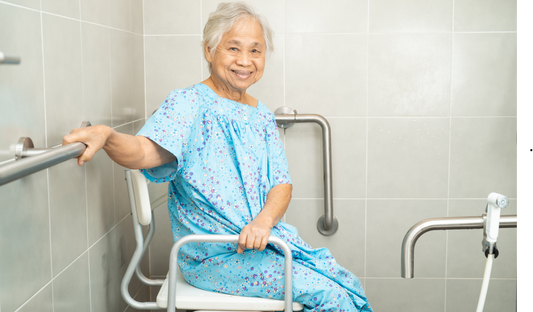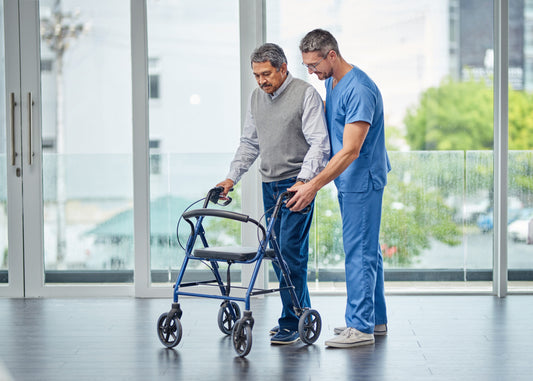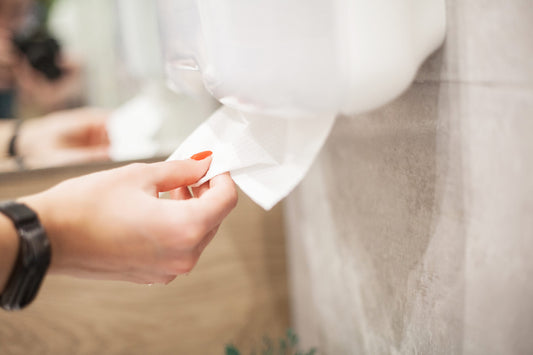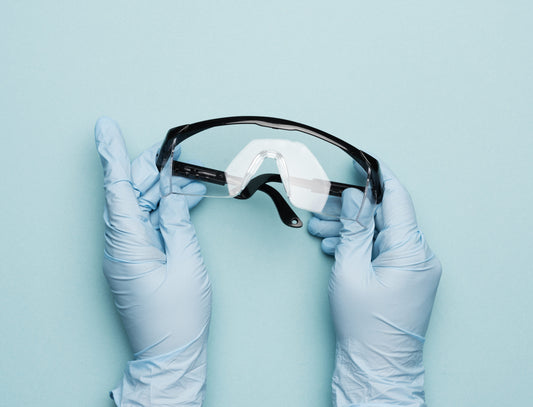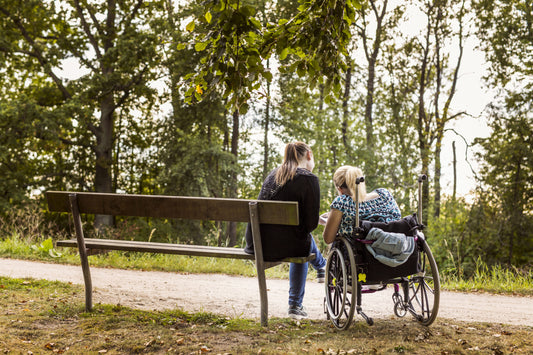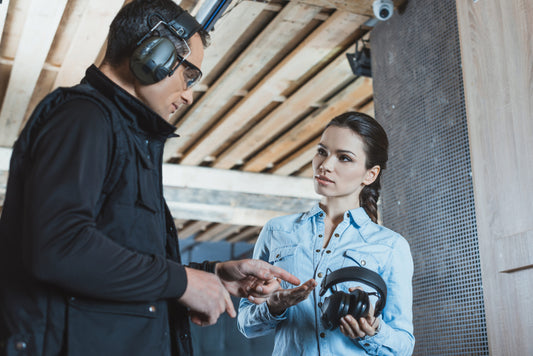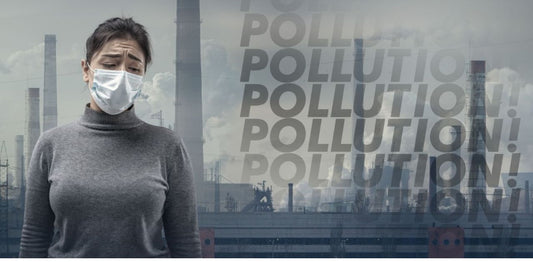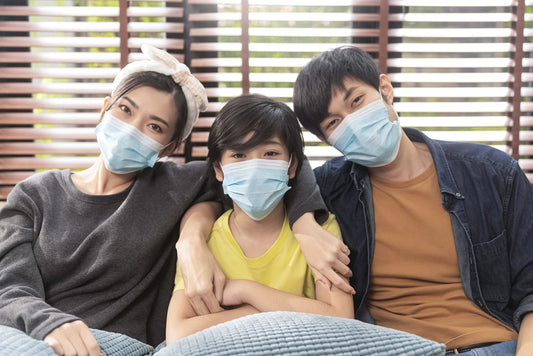
How To Don and Doff PPE
PPE (Personal protective equipment) safeguards the wearer against infections, viruses, or accidents. In the medical field, effective use of PPE can reduce the spread of viruses, minimize the risk of contracting an infection, and avoid hazardous exposure to other patients.
Nevertheless, PPE is effective only when used properly.
What is Donning and Doffing PPE?
PPE is a general term for products like gloves, face shields, face masks, isolation suits, medical gowns and other items used for protection. Donning and Doffing simply refers to the way you put on and remove PPE.
The donning process involves the appropriate wearing of PPE, while doffing ensures safe removal after use. Appropriate donning and doffing of PPE is very important for minimizing the risk of contamination. Workers are expected to use PPE with several other disease control techniques to reduce the spread of infection.
It is crucial for healthcare providers to become experts in donning and doffing the PPE they have with them, as enhanced knowledge can ensure maximum safety. The major ways Covid-19 can be contacted are through the respiratory droplet, direct contact and increased focus aerosol exposure, which is expected to be fixed to the virus transmission. This means contamination may take place during patient care. Using PPE in this situation is very important to safeguard healthcare workers.
Important PPE Items
It is important to confirm that your PPE is the perfect fit. Healthcare service providers will usually safeguard themselves with the following PPE items, depending on their roles;
- Foot Covers
Boot or shoe covers offer good protection for entering dangerous areas without putting yourself at risk of contamination when leaving.
- Gowns and Suits
The FDA-approved gown provides different levels of protection against different infections or viruses. The gowns should be properly worn by covering the wearer’s torso from the neck down to the knees, arms down to their wrists, and tightening the back of the neck and waist. The isolation suits offer perfect protection for all different risk stages, and they come in one or two pieces.
- Hair Cap
The hair caps protect the hair from infecting a sterile work area or on vulnerable surfaces
- Face Shields and Eye Protection
For a face shield to be effective, it should restrict enclosure to aerosols and other bodily fluids. Face shields are expected to fit properly without fogging and compromising the wearer’s vision. Healthcare providers are expected to put on face shields for longer periods.
- Respirators
Respirators are expected to fit the face down to the chin. Protect the respirator straps at the top of the head and by the neck.
- Face Masks
Tight face masks should be placed at the top of the head and the base of the neck. Face masks that have loops should be hooked properly around the ears.
- Gloves
Medical gloves should be used to cover the wrists. Disposable gloves are mostly available in sizes such as small, medium, large, extra-large, and XXL.
Employees, mostly healthcare providers, should know how to don and doff PPE tools of different types.
Steps To Donning and Doffing PPE
An infection-free changing room is important for employees to properly don their PPE. This room is expected to be separated from the other workspaces. An instance of an appropriate procedure for donning PPE includes:
- Always begin with clean hands. Before donning any PPE item of your choice, wash your hands properly, and sanitize thoroughly for about 20 seconds.
- Wear your foot covers if needed. When seated, easily don the foot covers over your footwear. Protect the foot cover near the foot so there would be no open space.
- Wear a clean, properly fitted gown, and make sure all the ties are safe. You might need help from another employee to tighten the ties.
- Make sure you put on a NIOSH-approved respirator or face mask. Choose the perfectly fitted respirator. In some cases, a level 3 surgical mask may suffice, but be sure to check the infection control guidelines set out by the governing bodies in your region. You are expected to Don your face covering to meet up to the requirements of the manufacturers by protecting your nose and mouth.
- Place a face shield or any goggles over your face, and don your goggles. If eye protection is needed for employees instead of goggles, make sure they are a perfect fit.
- Sanitize your hands again. Practice hand hygiene, then appropriately don your gloves. Before conducting the last sanitization, you are expected to don every other PPE apart from your gloves.
- Properly put on your gloves. Your gloves are expected to cover the cuffs of your gown, ensuring proper safeguarding for your wrist and hands. In particular applications, gloves might require covering your sleeves also.
Make sure the PPE is appropriate. Ask another worker to check the tools to make sure it’s correct, with all spaces and openings properly covered.
Doffing PPE steps
An appropriate doffing process is important for healthcare industries that deal with infectious diseases. Removing or doffing PPE is expected to be a very careful and conscious procedure, reducing the risk of incidental cross-contamination. Employees should be careful with every point of contact they make. Do not touch any contaminated surface when putting on the PPE.
An instance of how to doff PPE correctly includes:
- Look for a safe space to take off the PPE. Depending on your work setting, there will likely be designated places to doff different kinds of PPE. Be aware of these places, and ask if you are unsure.
- Slowly take off the gloves. When removing the gloves, it is important to prevent contact between the outside of the gloves and your exposed hands.
- Ensure you sanitize your hands thoroughly, and scrub for about 20 seconds while washing.
- Take off the gown or suit. Prevent any forceful movement when doffing the gowns because they might have been exposed to dangerous elements or infectious substances from the top. Beginning from the shoulders, roll the gown over your arms and far away from your body. Roll the gown into a bundle, holding it with a non-contaminated surface. Throw the gown in a proper waste bin before leaving the room.
- Sanitize your hands again. You will need to carry out hand hygiene all through the doffing procedure. Sanitize hands again before leaving the operating room or quickly after.
- Take off the face shield or goggles. Slowly hold the strap of your eye protection, and pull the strap up and far away from your head without feeling the surface of the PPE. Place this equipment in a special container for sterilization or place it in a waste bin.
- Take off your face mask or respirator. Go ahead to prevent having contact with the front of your mask. Throw away the PPE in the appropriate disposal container.
- Sanitize your hands again. Once you are done doffing the last PPE item, carry out hand hygiene by washing your hands with soap and water for about 20 seconds.
